A holy family from the court of Prague?
Artefact of the month - August 2020
In summer 1648, the war which had been raging in Europe for nearly three decades was coming to an end. However, nobody at the battlefield could yet anticipate the result of the peace negotiations initiated in May, least of all the Swedish troops who had made headway in Bohemia at that point. In late July, when the troops arrived near Prague, the former government city of Emperor Rudolf II, they had every reason to expect that they would quickly take over the city, demonstrating yet another victorious phase in their fight for the Lutheran faith.
However, things did not go according to plan. The defence of the city proved to be more tenacious than expected, and capturing the city was certainly no walk in the park. Even after months of siege, the city would not surrender. To ensure that their efforts would not be in vain, the Swedish troops captured Prague Castle on the western bank of the River Vltava.
Once they received the information about the agreement reached in the peace negotiations conducted in Westphalia, the Swedes started to retreat towards the north. The caravan heading home still amounted to thousands of men and had a substantial war machinery to bring back. However, the troops brought along something that they had not transported with them to the south – cartloads of paintings, sculptures and other works of art and, in particular, the library of Rudolf II. It is suspected that Prague Castle may have been the Swedes’ main target all along. After all, Queen Christina of Sweden had expressed her particular wish that – should the situation allow it – the Emperor’s library would be brought to Stockholm.
Rudolf II (1552–1612), Archduke of Austria, King of Hungary and Bohemia and, finally, the Emperor of the Holy Roman Empire was fond of arts, sciences and – based on his portraits – good food. The painting of him by Arcimboldo was brought along as spoils of war by the Swedish troops and ended up in the Skokloster collections. Many works of art belonging to Rudolf II ended up in Sweden, and not all of them remained in the royal collections. There are paintings by old masters in many manors, brought to Sweden by troops returning home.
However, it is unclear whether artefacts of similar origin have ended up in Finland from Central Europe. The only certain case may be the library of Morten Madsen, Archbishop of Aarhus, brought from Denmark. Christina Horn, widow of General Torsten Stålhandske, donated the library to the Turku Academy library in 1646. Many Finnish churches have, for example, chasubles whose fabric dates back to the 17th century, but the cross on the back is German embroidery from the 15th century. It is not implausible to think that such a decoration may have ended up here due to a small German rural church being plundered by the passing troops.
Karuna Old Church belonged to Karuna Manor in Southwest Finland owned by Arvid Horn, a distinguished general, in the 1670s and 1680s. Arvid Horn (1631–1692) had the original wooden church – now located at the Seurasaari Open-Air Museum in Helsinki – built in 1685, donating a church bell, other interior decorations and several works of art. Karuna Church had an exceptionally large number of paintings as early as in the 17th century. Some of the paintings are copies e.g. of works by Flemish painter Peter Paul Rubens. A few are of considerably high quality, such as the painting by Antwerp-based artist Gerard Seghers (1611–1651), which depicts Virgin Mary and the Child, St Catherine of Alexandria and John the Baptist as a child. How such a formidable painting could have ended up in a small Finnish church – other than as spoils of war – is anyone’s guess.
The painting under discussion here, depicting the Holy Family, is a copy of a work by Bartholomäus Spranger (1546–1611), court painter of Rudolf II. It may have been copied after an engraving made by Lucas Kilian (1579–1637) in 1605 and closely imitates the style of Spranger. The figures are twisted in the ‘Mannerist’ style of Spranger, and the setting is complemented by a still life in the style of Late Renaissance. Joseph is sitting on the left, with his back towards the viewer and holding grapes in his hands. At the front is John the Baptist depicted as a young child holding a lamb. The Child Jesus looks at his mother who is holding a fig in her left hand. The fig symbolises, for example, the loss of innocence or the Fall of Man, and may therefore be a reference to the Child Jesus as the ‘new Adam’. At the right edge, there is a still life depicting grapes and fruit in a bowl and a large pitcher, with an angel with spread wings playing ‘heavenly music’ in the background.
Arvid Horn’s father Mauritz Horn (1587–1671) had participated in wars waged against the Russians by the Swedes in 1616 and in battles in Germany in the 1620s and 1630s. Works of art in the Karuna Church, such as the Holy Family after Bartholomäus Spranger, may have been brought here from Central Europe as a result of his campaigns. However, it is impossible to verify this.
Jouni Kuurne


-
2024
-
2023
-
2022
-
2021
-
2020
-
 Maternity package for undocumented migrants
Maternity package for undocumented migrants
-
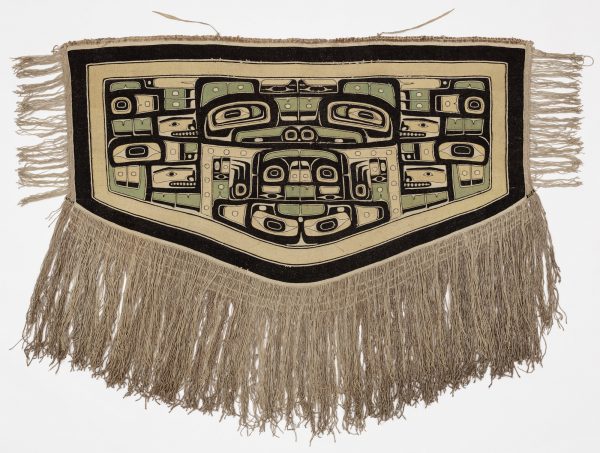 Chilkat blanket
Chilkat blanket
-
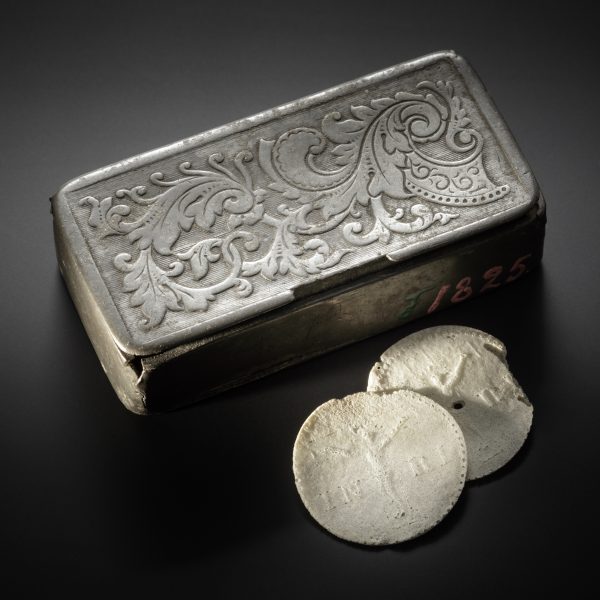 A box of sacramental bread
A box of sacramental bread
-
 Tar steamer model
Tar steamer model
-
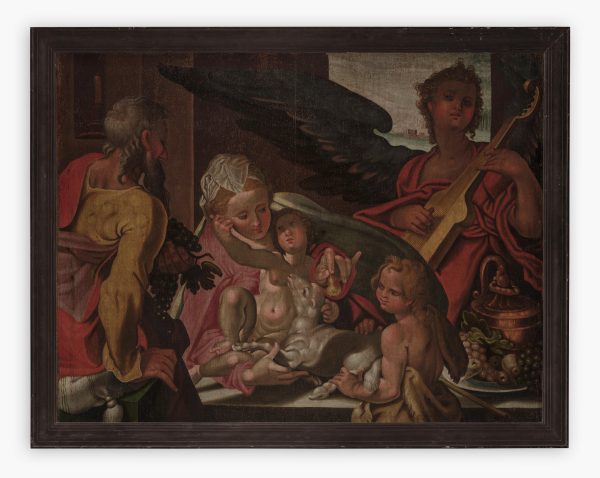 A holy family from the court of Prague?
A holy family from the court of Prague?
-
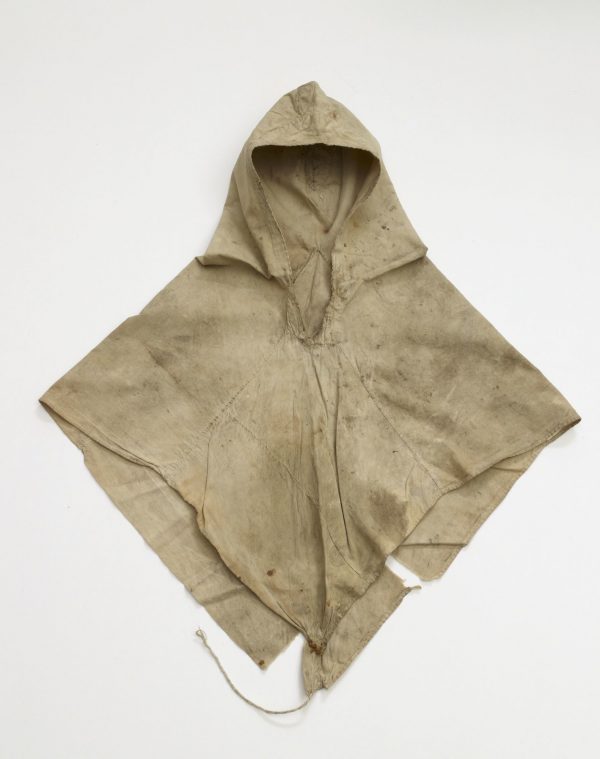 Mosquito hood from East Karelia
Mosquito hood from East Karelia
-
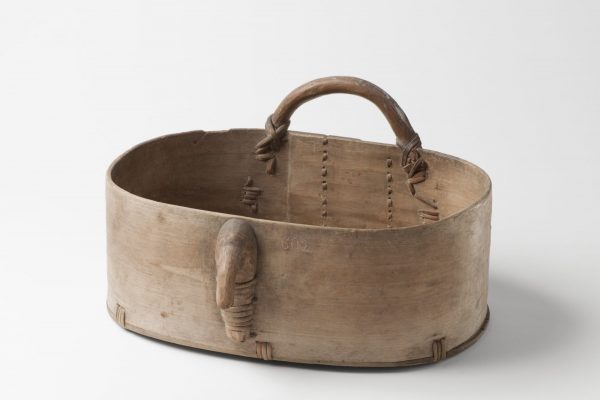 Seedlip (kylvövakka)
Seedlip (kylvövakka)
-
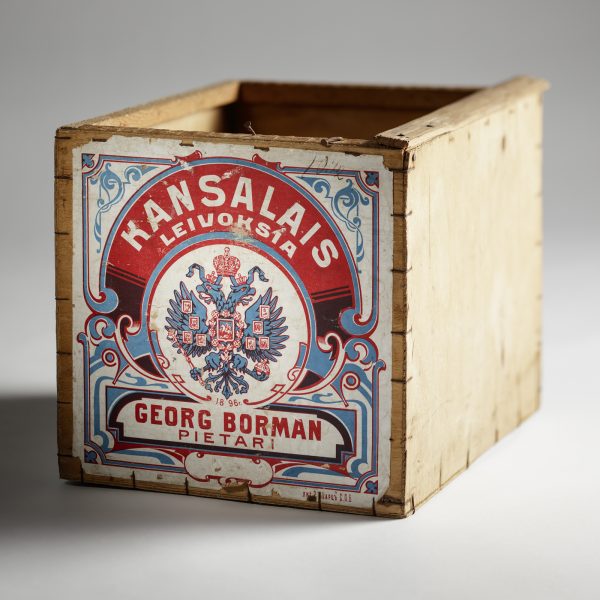 A box of ‘citizens’ pastries’
A box of ‘citizens’ pastries’
-
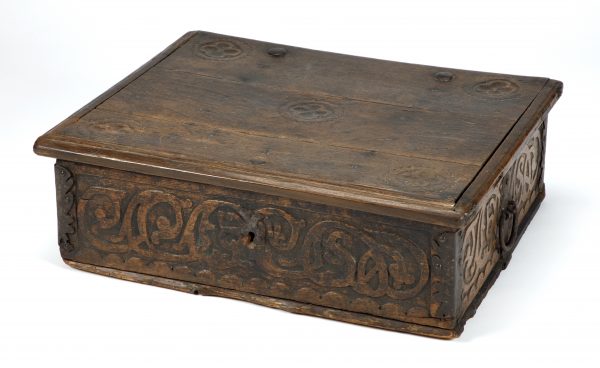 Oak night-box (nattlåda)
Oak night-box (nattlåda)
-
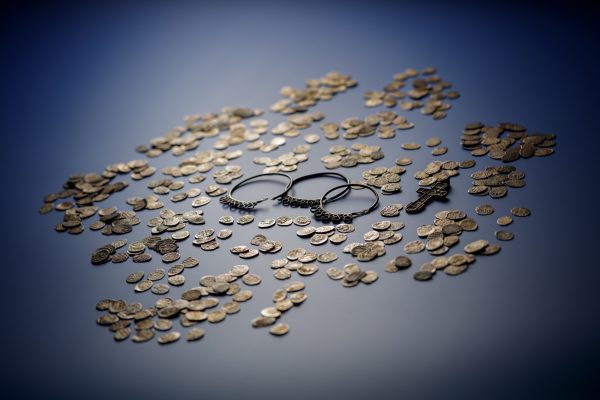 Silver coin hoard from Vieki
Silver coin hoard from Vieki
-
 Two mermaids
Two mermaids
-
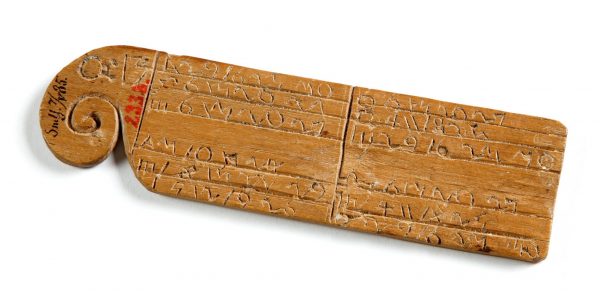 Carl Harlund’s wooden calendar
Carl Harlund’s wooden calendar
-
-
2019
-
2018